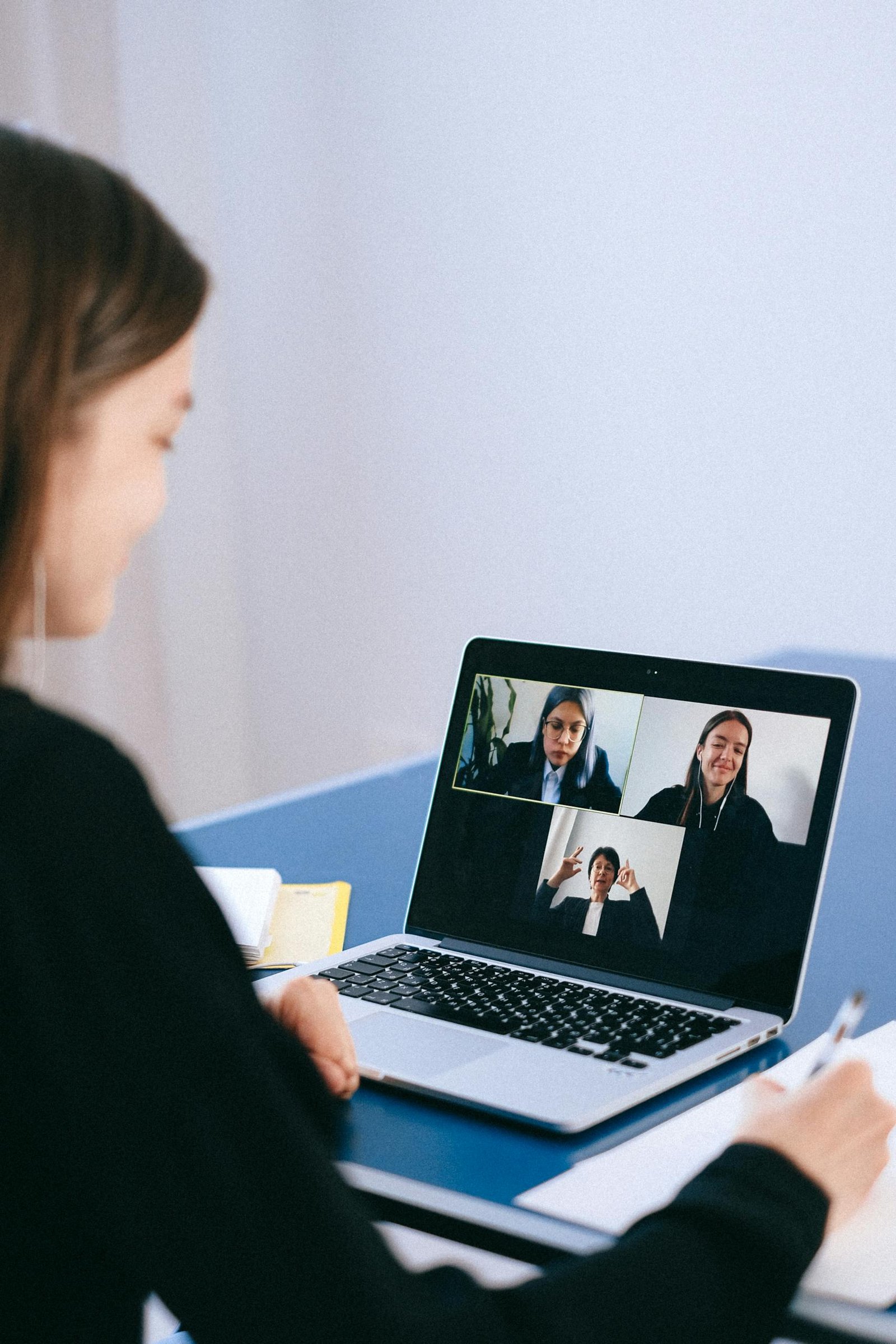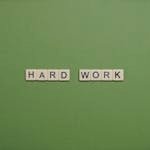Following up after a job interview can be just as important as the interview itself. A well-timed and thoughtful follow-up can demonstrate your professionalism, enthusiasm for the role, and commitment to the process. However, it’s essential to strike the right balance—being persistent without appearing pushy. In this article, we’ll explore the best strategies for following up after a job interview, helping you leave a positive impression and maximize your chances of landing the job.
Quick Preview:
- Send a Thoughtful Thank-You Email: Express appreciation while reiterating your interest in the position.
- Follow Up at the Right Time: How to time your follow-up without coming across as impatient.
- Remain Professional and Polite: Tips for communicating with hiring managers while maintaining professionalism.
1. Send a Thoughtful Thank-You Email Within 24 Hours
The first step in effective follow-up is sending a thank-you email to your interviewer(s) within 24 hours of your interview. This is a key opportunity to express your gratitude for their time and to reiterate your enthusiasm for the role.
What to Include:
- Express Gratitude: Thank the interviewer for their time and the opportunity to discuss the position.
- Reiterate Interest: Reinforce your interest in the role and the company, referencing something specific you discussed during the interview.
- Highlight Key Strengths: Briefly mention a few qualifications or experiences that make you a great fit for the job.
Here’s an example:
“Dear [Interviewer’s Name],
Thank you so much for taking the time to meet with me yesterday. I truly enjoyed learning more about [Company Name] and the exciting projects your team is working on. Our conversation further reinforced my enthusiasm for the [Job Title] role and how my [specific skill or experience] can contribute to your team’s goals.
I appreciate the opportunity to interview, and I look forward to the next steps in the process. Please don’t hesitate to reach out if you need any further information from me.
Best regards,
[Your Full Name]”
Why It Works:
Sending a thank-you email shows respect and gratitude, both of which can strengthen your candidacy. By referencing something specific from the interview, you demonstrate that you were engaged and thoughtful throughout the conversation.
Takeaway: Sending a personalized thank-you email within 24 hours is essential to leave a positive impression and keep you top of mind.
2. Time Your Follow-Up Appropriately
Timing is critical when following up after an interview. You don’t want to appear overeager by following up too soon, but you also don’t want to wait so long that the employer moves forward without you.
General Guidelines:
- If the interviewer provided a timeline for next steps, respect it. For example, if they said you’d hear back in a week, wait until that week has passed before following up.
- If they didn’t mention a timeline, a good rule of thumb is to wait 5-7 business days after the interview before reaching out to ask for an update.
Here’s a polite follow-up template:
“Dear [Interviewer’s Name],
I hope this message finds you well. I wanted to follow up on our interview for the [Job Title] position on [date of the interview]. I’m still very excited about the opportunity to contribute to [Company Name] and wanted to inquire if there have been any updates on the hiring process.
I appreciate your time and consideration and look forward to hearing from you soon.
Best regards,
[Your Full Name]”
Why It Works:
This approach is polite and shows that you are interested in the position without being intrusive. Waiting for the appropriate amount of time also demonstrates that you respect their timeline and are patient during the process.
Takeaway: Always follow the timeline set by the interviewer. If no timeline is provided, follow up within 5-7 business days to inquire about the next steps.
3. Remain Professional and Polite in All Communications
It’s crucial to maintain a professional and polite tone in all follow-up communications. Even if you’re feeling anxious or eager to know where you stand, always express yourself respectfully and professionally.
What to Avoid:
- Don’t demand a response: Avoid language that makes you seem impatient, like “I haven’t heard back yet” or “Please respond as soon as possible.”
- Don’t over-follow up: Sending multiple follow-up emails in a short span of time can be perceived as pushy. One follow-up after a week is sufficient; if you haven’t heard back after that, wait another week or two before following up again.
- Avoid unnecessary updates: Unless there’s a significant development (such as receiving another offer), avoid sending “update emails” that don’t add value.
Instead, maintain a courteous and optimistic tone, showing that you understand they may be busy but are still eager to hear from them.
Why It Works:
A professional tone leaves a good impression and ensures that you’re remembered for your courtesy, not for being difficult or impatient.
Takeaway: Always remain polite and professional in your follow-up communications. Respect their time and decisions, and be patient as you await their response.
4. Use Multiple Channels (If Appropriate)
In some cases, it may be appropriate to follow up using multiple channels—such as sending a formal email and also connecting on LinkedIn. However, you’ll need to assess the situation carefully to ensure that this approach is welcomed and doesn’t feel intrusive.
When to Use LinkedIn:
- After the first interview: It’s often acceptable to send a LinkedIn connection request to your interviewer, particularly if the conversation went well. When you send the connection request, include a brief message like, “Thank you again for the great conversation about the [Job Title] position. I’d love to stay connected!”
- For ongoing updates: If you have a LinkedIn connection with the interviewer, you can send a short message through LinkedIn to ask for updates if the communication feels more informal.
This approach can help you stay top of mind, while also keeping the lines of communication open beyond just email.
Why It Works:
Connecting on LinkedIn shows that you’re invested in building a professional relationship and staying engaged with the company. It also allows you to stay in touch for future opportunities if this particular role doesn’t work out.
Takeaway: If appropriate, use LinkedIn as a secondary channel for follow-up to maintain contact and demonstrate ongoing interest in the role.
5. Show Patience and Flexibility
In the interview process, things don’t always move as quickly as you might like. Hiring managers often have multiple responsibilities, or they may still be interviewing other candidates before making a final decision. Showing patience and flexibility during this time can set you apart as a considerate candidate.
Why This Matters:
- Hiring timelines can vary: Decisions may be delayed due to unexpected circumstances, and recruiters often appreciate candidates who are understanding of these potential delays.
- Flexibility shows professionalism: If you have received other offers or need to make decisions quickly, it’s perfectly fine to communicate this in a professional manner. For example, “I wanted to let you know that I’ve received an offer from another organization, but [Company Name] remains my top choice. I’d love to continue the conversation if possible.”
Why It Works:
Showing that you’re patient and respectful of their timeline can position you as a thoughtful and understanding candidate. If you need to make a decision based on other offers, communicate that clearly but without pressure.
Takeaway: While waiting for an update, demonstrate patience and flexibility. If you need a quicker response due to other offers, communicate this respectfully and without ultimatums.
6. Follow Up After Receiving a Rejection
While it may be disappointing, receiving a rejection after a job interview doesn’t have to be the end of your relationship with the company. Following up after a rejection can leave a positive impression and potentially lead to future opportunities.
What to Include:
- Thank the interviewer: Express appreciation for the opportunity to interview and the time they spent with you.
- Ask for feedback: Politely ask if they can provide feedback on your interview or application to help you improve in future opportunities.
- Express continued interest: If you’re still interested in working for the company in the future, let them know. You can say something like, “I admire the work that [Company Name] is doing, and I would love to be considered for future openings.”
Here’s an example:
“Dear [Interviewer’s Name],
Thank you for the opportunity to interview for the [Job Title] position. Although I’m disappointed to learn that I was not selected, I genuinely appreciate the chance to meet with you and learn more about [Company Name].
If possible, I’d love to receive any feedback you may have on my application and interview. I remain very interested in your company and would welcome the opportunity to be considered for future positions.
Best regards,
[Your Full Name]”
Why It Works:
Following up after a rejection shows maturity and professionalism. It leaves a positive impression and could keep you in mind for future roles at the company.
Takeaway: If you receive a rejection, respond professionally and ask for feedback. Express interest in staying connected for future opportunities.
Conclusion: The Power of a Thoughtful Follow-Up
Following up after a job interview is an essential part of the hiring process, and when done correctly, it can set you apart from other candidates. Whether it’s sending a timely thank-you email, staying patient while awaiting feedback, or even following up after a rejection, these strategies can help you build stronger relationships with hiring managers and increase your chances of landing the role.
By demonstrating professionalism, patience, and enthusiasm through each stage of the process, you not only strengthen your candidacy for the position at hand but also leave a lasting positive impression that could open doors for future opportunities.





